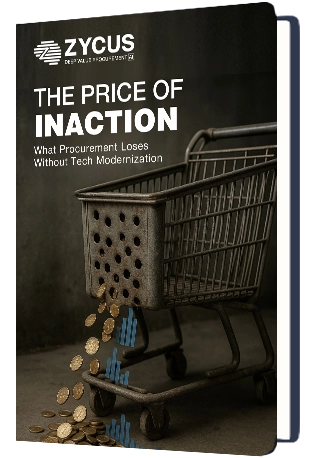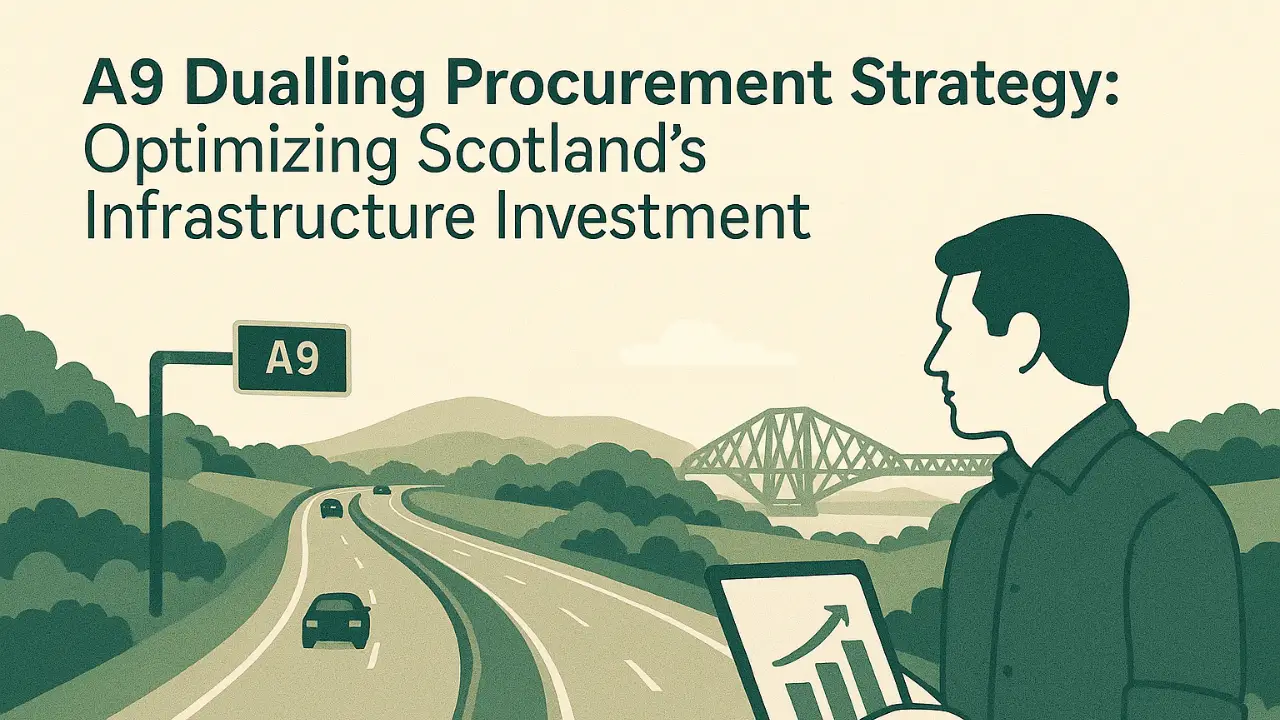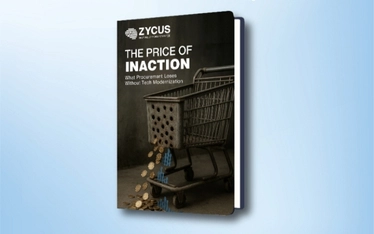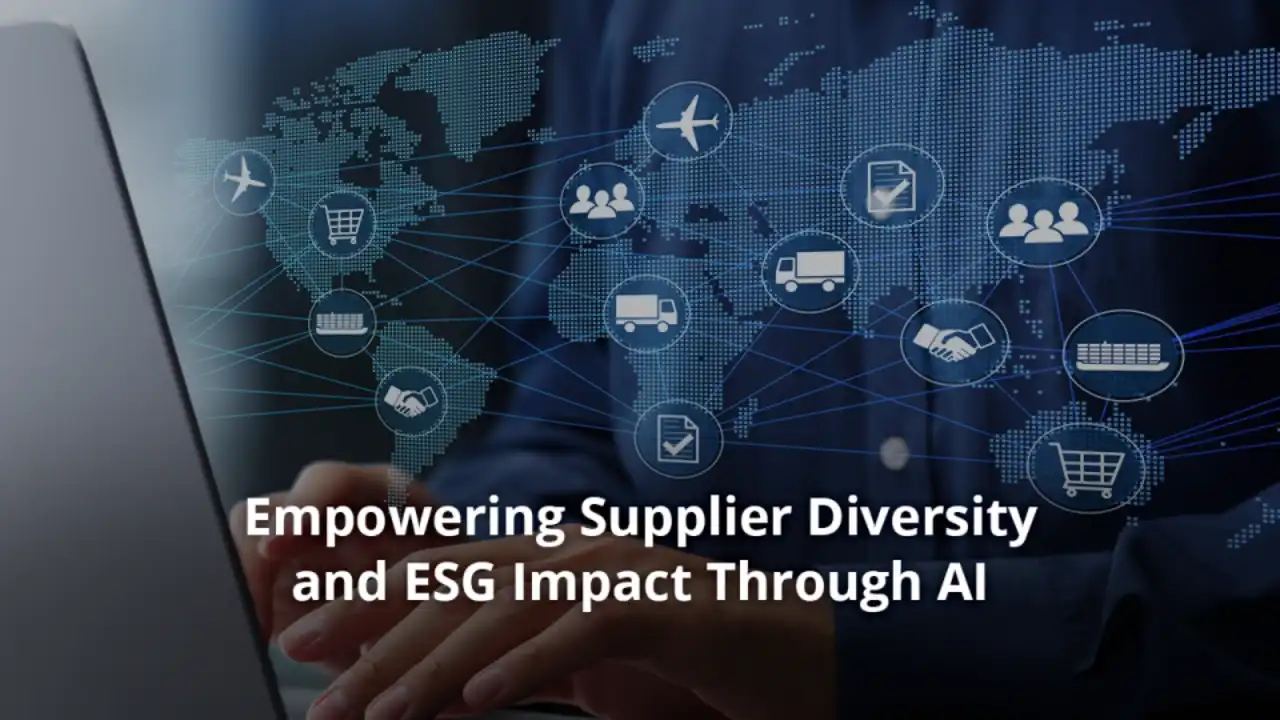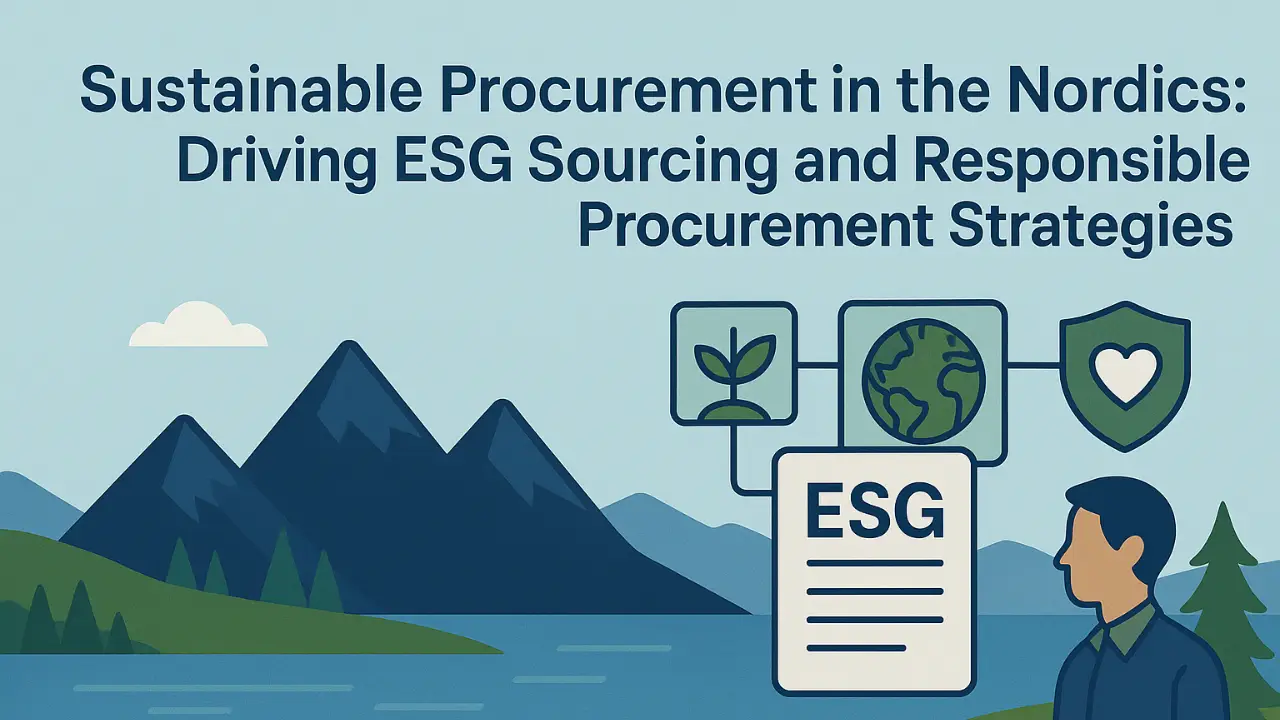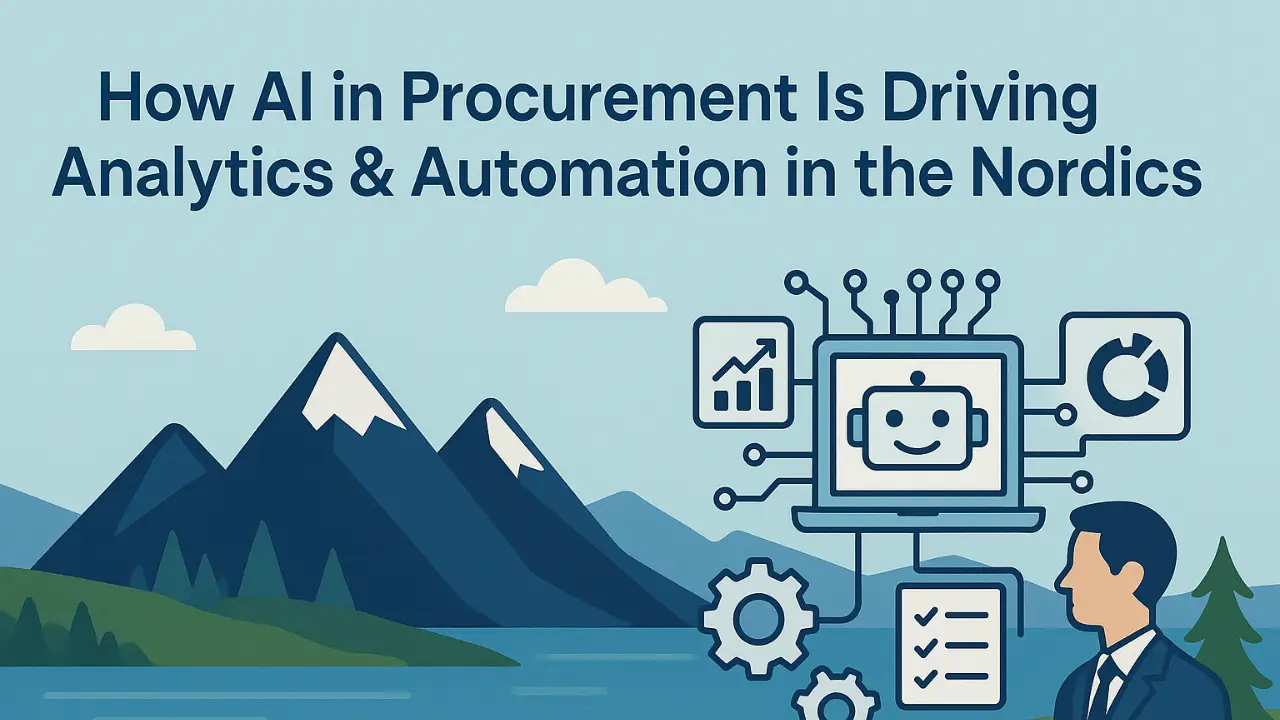TL;DR
- The A9 Dualling procurement strategy is Scotland’s largest road upgrade, converting 80 miles of single carriageway to dual by 2035.
- Transport Scotland uses phased procurement and balanced risk allocation to attract bidders and ensure value for money.
- Competitive dialogue enables contractors to refine designs and pricing while aligning with project goals.
- Contracts embed whole-life costing, sustainability, and community benefits, including carbon targets and SME participation.
- Digital procurement tools and AI streamline compliance, spend analytics, and supplier management.
- Lessons learned will guide future Scottish infrastructure projects with smarter procurement practices.
What You Need to Know About the A9 Dualling Programme
Q: Why is the A9 Dualling Programme so important for Scotland?
A: The A9 serves as Scotland’s critical north-south artery, connecting the Central Belt with the Highlands. The dualling programme will significantly improve safety, reduce journey times, and boost economic connectivity across the country.
Q: How is the project being managed from a procurement perspective?
A: Transport Scotland is using a phased procurement approach with staggered contract awards to manage market capacity. They’ve implemented balanced risk-sharing contracts and competitive dialogue processes to attract qualified contractors while ensuring value for money.
Q: What innovative approaches are being used in procurement?
A: The programme leverages digital procurement tools and AI for compliance checks and spend analytics, while incorporating whole-life costing approaches and sustainability requirements into contract specifications.
Supporting Scotland’s infrastructure projects involves careful planning and investment, especially when it comes to major road upgrades. One of the largest and most significant initiatives underway is the A9 Dualling Programme. Let’s dive into what makes this project so vital for Scotland’s transport future and how modern procurement approaches are making it happen.
Overview Of The A9 Dualling Programme
The A9 Dualling Programme is Scotland’s largest trunk road upgrade project. It focuses on converting approximately 80 miles (about 128 kilometers) of single carriageway between Perth and Inverness into a continuous dual carriageway.
This route serves as a main link between the Central Belt and the Highlands, supporting daily travel for residents, businesses, and tourists. Upgrading from a single to a dual carriageway improves road safety by reducing the risk of collisions and allowing safer overtaking.
According to Transport Scotland’s official programme overview, the conversion strengthens economic connectivity across Scotland. With better road capacity and reliability, the movement of goods and people between the north and south of the country becomes more efficient. This upgrade supports local economies, enables faster emergency response, and increases access to jobs and services in both rural and urban areas.
Procurement Objectives And Policy Drivers
Procurement is the process of purchasing goods, services, or works from external sources. In large infrastructure projects like the A9 Dualling Programme, procurement organizes how public money is spent, how contractors are selected, and how work is delivered.
The Scottish Government has set a target to complete the A9 Dualling Programme by 2035. Procurement decisions link to this goal, ensuring contracts are structured to support the delivery plan and public commitments. If you’re interested in understanding more about strategic procurement planning, check out our comprehensive guide to procurement analytics.
Strategic Business Case Priorities
Procurement decisions are guided by three main priorities:
- Value for money: Selecting contractors and solutions that provide the best outcomes for the amount spent, not just the lowest cost
- Risk management: Identifying possible issues that might delay or increase project costs and planning ways to control those risks
- Delivery timeline objectives: Breaking the project into phases and scheduling work to meet the government’s 2035 completion target
Market Engagement Goals
The procurement strategy attracts a range of contractors to bid on the project while keeping the process competitive. Risk is shared so that contractors are not discouraged from participating due to taking on too much responsibility for unexpected problems. This approach maintains contractor interest and encourages more companies to take part in the bidding process.
Contracting Models And Risk Allocation On The A9
Different contract models have been used across the A9 Dualling Programme, with each approach affecting how risks and responsibilities are shared between Transport Scotland and contractors. How risks are allocated in a contract influences which companies choose to bid and how they approach project delivery.
Effective supplier risk management is crucial for projects of this scale, as our research team has documented extensively.
NEC4 Amendments
Transport Scotland has introduced a modified form of the NEC4 Engineering and Construction Contract for several sections of the A9 Dualling Programme. The NEC4 contract is a standard agreement often used for large infrastructure projects, but the version used here has been adjusted to provide more balanced risk sharing.
In this amended contract, Transport Scotland takes responsibility for certain risks that are difficult for contractors to control, such as ground conditions or changes in law. Contractors remain responsible for risks within their control, like construction quality and project management.
Potential Mutual Investment Model
For the remaining sections of the A9 Dualling Programme, Transport Scotland is considering the Mutual Investment Model (MIM). This model is a type of public-private partnership where private companies invest in project delivery and are repaid over time, usually through a combination of government payments and performance-based returns.
The MIM spreads financial risk between the public and private sectors. Private partners are responsible for designing, building, financing, and maintaining infrastructure for an agreed period. The public sector retains control over important decisions and sets performance standards.
How Competitive Dialogue Shapes Design And Cost Outcomes
The A9 Dualling Programme uses a competitive dialogue process to award major contracts. This process is set out in the Public Contracts Scotland Regulations 2015. It involves multiple stages where Transport Scotland and potential contractors have structured discussions before final bids are submitted.
The purpose of competitive dialogue allows both sides to explore technical options and commercial approaches. Through this process, Transport Scotland can clarify its requirements and address project challenges, while bidders can propose solutions and ask questions.
Prequalification Criteria
Before entering the competitive dialogue, contractors need to pass a prequalification stage. This stage checks whether each contractor meets requirements related to:
- Technical capability and resources to deliver the project
- Financial standing including turnover, profitability, and insurance
- Experience demonstrated through a record of delivering similar infrastructure projects
Dialogue Phases
The competitive dialogue takes place over several phases. In each phase, Transport Scotland and the shortlisted contractors discuss technical requirements, project risks, and commercial terms. During these discussions, contractors can refine their designs and approaches in response to feedback.
At the end of the dialogue phases, final bids are invited. These bids reflect the refinements and agreements reached during the discussions.
Latest Contract Awards And Upcoming Tenders
The A9 Dualling Programme is organized into separate sections, each with its own procurement status and timeline. The delivery of these contracts is planned to ensure the entire route between Perth and Inverness is dualled by 2035.
Pitlochry To Killiecrankie Section
Procurement for the Pitlochry to Killiecrankie section, estimated at £205 million, began in mid-2025. A contract notice was published to inform potential contractors of the opportunity, and the competitive dialogue process is underway. The contract award is expected in autumn 2026, with construction anticipated to be operational by the end of 2030.
Tay Crossing To Ballinluig Section
Wills Bros Civil Engineering was recently selected as the preferred bidder for the Tay Crossing to Ballinluig section. The contract is valued at approximately £152.7 million. Following a standstill period required by procurement regulations, the contract will be formally awarded. Construction on this section is scheduled to be completed by the end of 2028.
Managing Market Capacity And Supplier Engagement
The A9 Dualling Programme uses procurement strategy to coordinate which construction companies work on each section of the project and when. This approach avoids asking too many contractors to work at the same time, which can cause shortages of labor, equipment, or materials.
For organizations looking to improve their own supplier management capabilities, our Supplier Management Solution offers comprehensive tools to optimize supplier relationships.
Phased Procurement Schedule
The project is divided into several sections, each with its own contract and timeline. These contracts are not all awarded at once. Instead, the timing of each contract is staggered so contractors and suppliers can move from one section to the next. This scheduling optimizes the use of available construction resources and avoids overwhelming the limited number of specialized contractors in Scotland.
SME Participation Strategies
Small and medium-sized enterprises (SMEs) and local suppliers are given opportunities to participate in the A9 Dualling Programme through subcontracting and supply chain requirements. Main contractors are often required to include smaller businesses in their delivery teams through:
- Supplying construction materials
- Providing technical services
- Carrying out parts of the construction work
Embedding Lifecycle Value, Sustainability And Community Benefits
Procurement for the A9 Dualling Programme addresses more than just the construction of new roadways. Requirements in contracts extend to how the road will perform and be maintained over its entire lifespan, how it interacts with the environment, and how it benefits local communities.
Whole-Life Costing Approach
Contracts for the A9 Dualling Programme use a whole-life costing approach. This means that costs are considered for the entire period the asset is in use, not just for its initial construction. The evaluation includes maintenance needs, operational expenses, and what will happen when the road or its components reach the end of their useful life.
Carbon And Biodiversity Targets
Environmental requirements are included in the procurement process for the A9 Dualling Programme. Contracts specify targets for reducing greenhouse gas emissions during construction and operation. There are also measures for sourcing local materials where possible to limit emissions from transportation.
According to research from the Institution of Civil Engineers, biodiversity is addressed through requirements to protect existing habitats and create new ones where construction impacts natural areas.
Using Digital Procurement And AI To Accelerate Delivery
Digital procurement and artificial intelligence are part of how large infrastructure projects, such as the A9 Dualling Programme, are managed today. These technologies help organize, analyze, and communicate information more efficiently. They handle complex processes that involve many suppliers, regulations, and technical requirements.
Automated Compliance Checks
Artificial intelligence can review contractor documents and verify that companies meet the rules for working on public projects. During prequalification, AI systems check information such as licenses, insurance, and past performance. This process can happen without manual input, reducing the risk of missing important details.
Spend Analytics For Value For Money
Advanced analytics tools analyze spending data from the project. These tools compare prices, track how money is spent, and identify possible ways to lower costs. They also benchmark prices across similar projects to see if a contract offers good value.
With AI-enhanced analytics, project teams can quickly see where spending is higher than expected or where suppliers may offer better terms. Our Spend Analysis solution provides similar capabilities for organizations looking to gain better visibility into their procurement spending.
Lessons For Future Scottish Infrastructure Projects
The A9 Dualling Programme has provided practical insights for how public infrastructure projects can be planned and delivered using modern procurement approaches. These lessons can inform the planning and management of future transport and infrastructure initiatives in Scotland and beyond.
FAQs
Q1. How much of the A9 between Perth and Inverness has already been dualled?
Approximately half of the A9 Dualling Programme is either finished or currently under construction, with the remaining sections moving through various procurement steps toward the 2035 completion target.
Q2. What is the total estimated cost of the A9 Dualling Programme?
Completing the A9 Dualling Programme requires several billion pounds of investment, with individual contract values ranging from hundreds of millions to over a billion pounds depending on section complexity.
Q3. Will any A9 sections use the Mutual Investment Model for funding?
Transport Scotland is considering the Mutual Investment Model (MIM) for the remaining sections, which would involve private companies providing funding for construction and operation while the public sector maintains control over key project aspects.
Q4. How does A9 procurement minimize road user disruption during construction?
A9 contracts include detailed traffic management plans that break work into phases and coordinate activity between different sections to maintain road safety and limit disruption for road users.
Q5. Transform Your Infrastructure Procurement with Zycus
Are you managing complex infrastructure projects like the A9 Dualling Programme? The challenges of coordinating multiple contracts, managing supplier relationships, and ensuring value for money require sophisticated procurement solutions.
Zycus offers AI-powered procurement tools specifically designed for large-scale infrastructure projects. Our platform streamlines compliance checks, enhances spend visibility, and enables real-time collaboration across all procurement stages.
See how our solutions can help your organization achieve better procurement outcomes by scheduling a personalized demo today. Our experts will show you how to apply the lessons from projects like the A9 Dualling Programme to your own procurement challenges.
Related Reads:
- Success Story: European Hotel Group Experiences Increased Productivity Through A Stable And Scalable Zycus P2P Solution
- Watch Video: Driving procurement resilience amidst economic downturn & uncertainty: A European Perspective
- Research Report: Ten Megatrends and insights for the European CPOs
- Source-to-pay vs Procure-to-pay: A Guide
- How S2P Applications Supercharge Your Bottom Line
- Source To Pay Optimization in Procurement: Benefits and Best Practices
- Your Guide to Source-to-Pay
- You Can’t Miss these 7 European Procurement Best Practices


















































